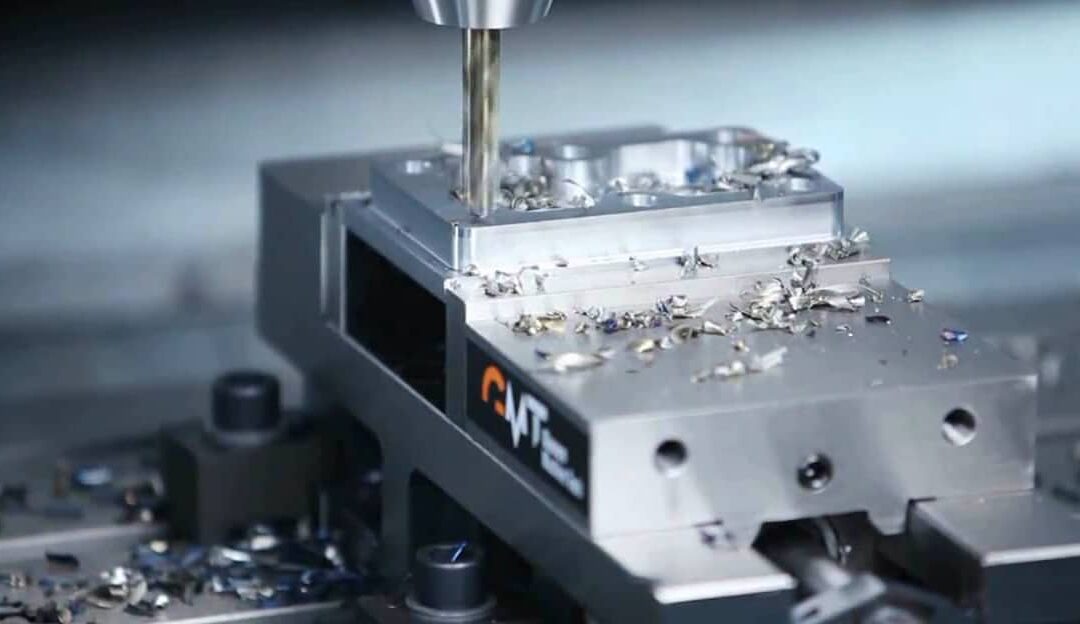In the world of manufacturing, milling machines hold a significant place. They are essential tools in numerous industries, providing precision and versatility. So, what is a milling machine used for and why is it so important?
Let’s explore this topic to understand the key role a milling machine plays in the industry.

Understanding Milling Machines
A milling machine is a versatile tool that uses rotary cutters to remove material from a workpiece. From metals to plastics and wood, these machines can handle a diverse range of materials. The milling process involves cutting, drilling, and shaping, which makes it crucial for producing specific design specifications.
Milling Machines in History
The history of milling machines dates back to the 18th century, where they were initially used for metal fabrication. Over the years, they have evolved extensively, now supporting sophisticated digital capabilities, enhancing precision and efficiency. This has significantly transformed industries like automotive and aerospace.
Types of Milling Machines
There are various types of milling machines, each designed for specific tasks. Some of the most common types include:
- Vertical Milling Machines: Known for their precision in machining complex shapes.
- Horizontal Milling Machines: Ideal for heavy-duty tasks and high-volume production.
- CNC Milling Machines: Feature computer controls, improving accuracy and reducing operation time.
Applications of Milling Machines
The applications of milling machines are wide-ranging. They play a key role in producing parts for various industries, including automotive, construction, electronics, and more.
Automotive Industry
In the automotive sector, milling machines are used for shaping parts such as gears, brackets, and engine components. They ensure precision in the production process, contributing to vehicle safety and performance.
Aerospace Industry
The aerospace industry relies heavily on milling machines for crafting intricate parts used in aircraft and spacecraft. Their ability to create precise components is vital in ensuring the safety and efficiency of aerospace vehicles.
Benefits of Using Milling Machines
Milling machines offer numerous benefits that contribute to industrial success. Here are some significant advantages:
Precision and Accuracy
One of the biggest advantages of milling machines is their precision. They can produce components with tight tolerances, ensuring parts fit perfectly into larger assemblies.
Versatility
With the ability to work on various materials, milling machines are versatile tools in manufacturing. They can perform multiple operations, such as drilling, turning, and cutting.
Improved Efficiency
CNC milling machines enhance productivity by automating machining processes, which reduces the possibility of human error and speeds up production.
How Milling Machines are Transforming Industries
By increasing production efficiency and accuracy, milling machines are driving innovation and growth across diverse industrial sectors.
Enhancing Production Line Efficiency
Milling machines improve the efficiency of production lines by allowing mass production of components. This leads to reduced costs and increased profitability for businesses.
Technology Integration
The integration of advanced technologies, such as CNC systems, has transformed the functionality of milling machines, making them more adaptable and efficient.
Challenges and Considerations
While milling machines offer numerous advantages, certain challenges need consideration. These include the high initial investment and the need for skilled operators to achieve successful outcomes.
Conclusion
Understanding what is a milling machine used for unveils the critical role they play in the success of various industries. As technology advances, these machines continue to evolve, providing enhanced capabilities and greater efficiencies.

FAQs
What industries use milling machines?
Milling machines are integral to industries including automotive, aerospace, construction, and electronics, among others.
Can milling machines work with all materials?
Yes, milling machines are capable of working with a wide range of materials, including metals, plastics, and wood.
What is the difference between vertical and horizontal milling machines?
The primary difference lies in the spindle orientation; vertical milling machines have a vertical spindle while horizontal machines have a horizontal orientation, suited for different types of tasks.
This article contains affiliate links. We may earn a commission at no extra cost to you.

